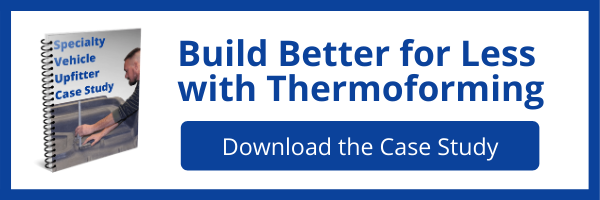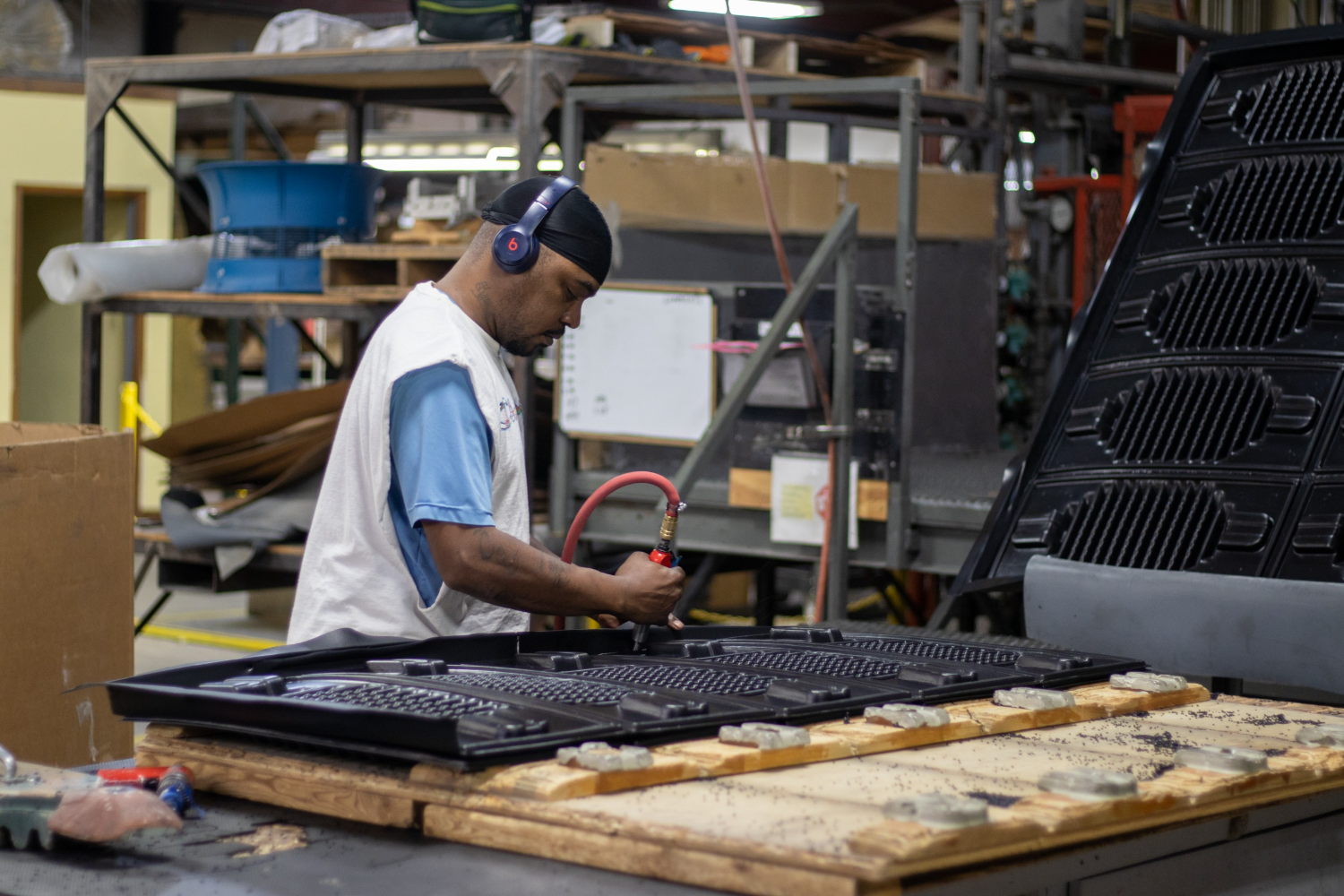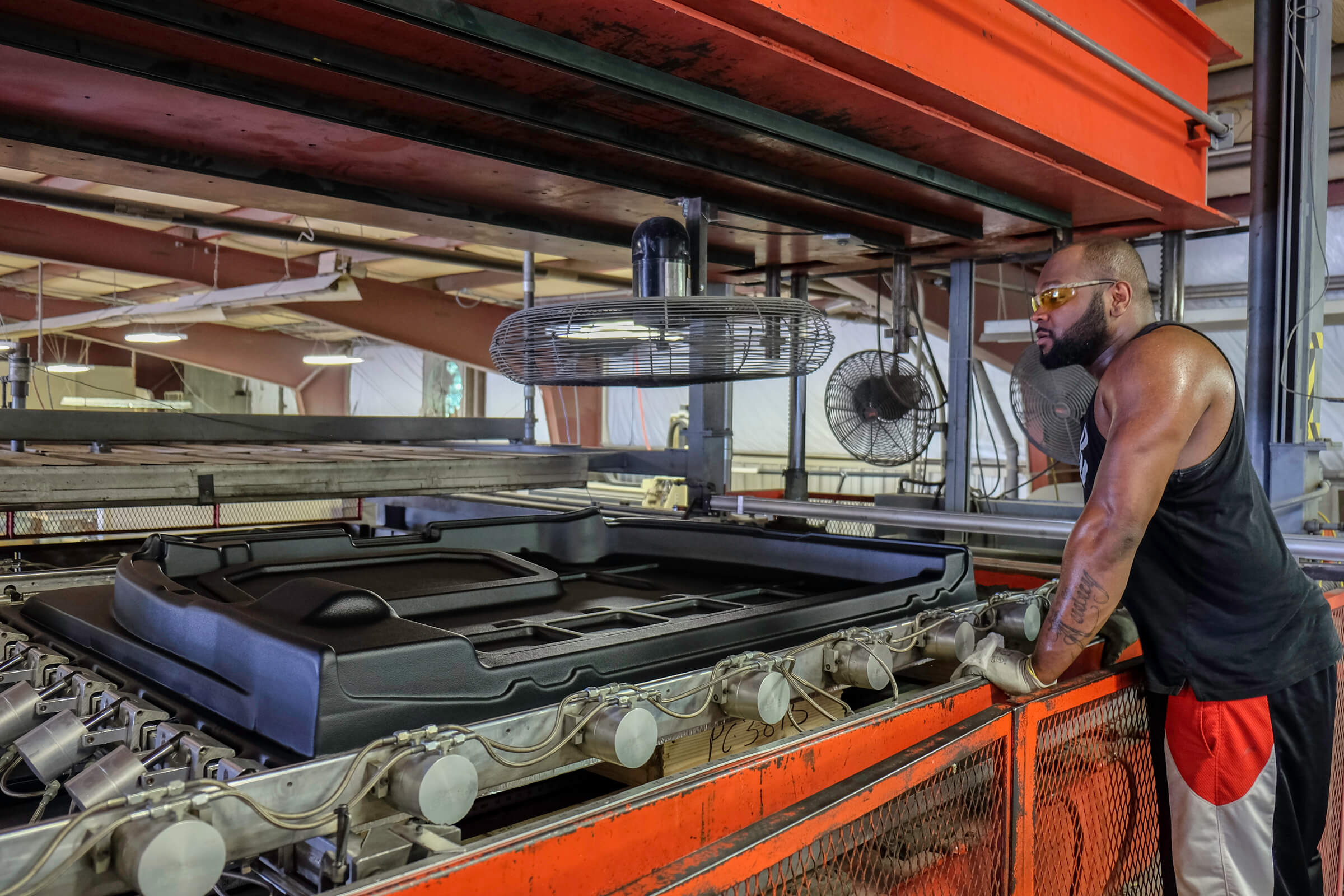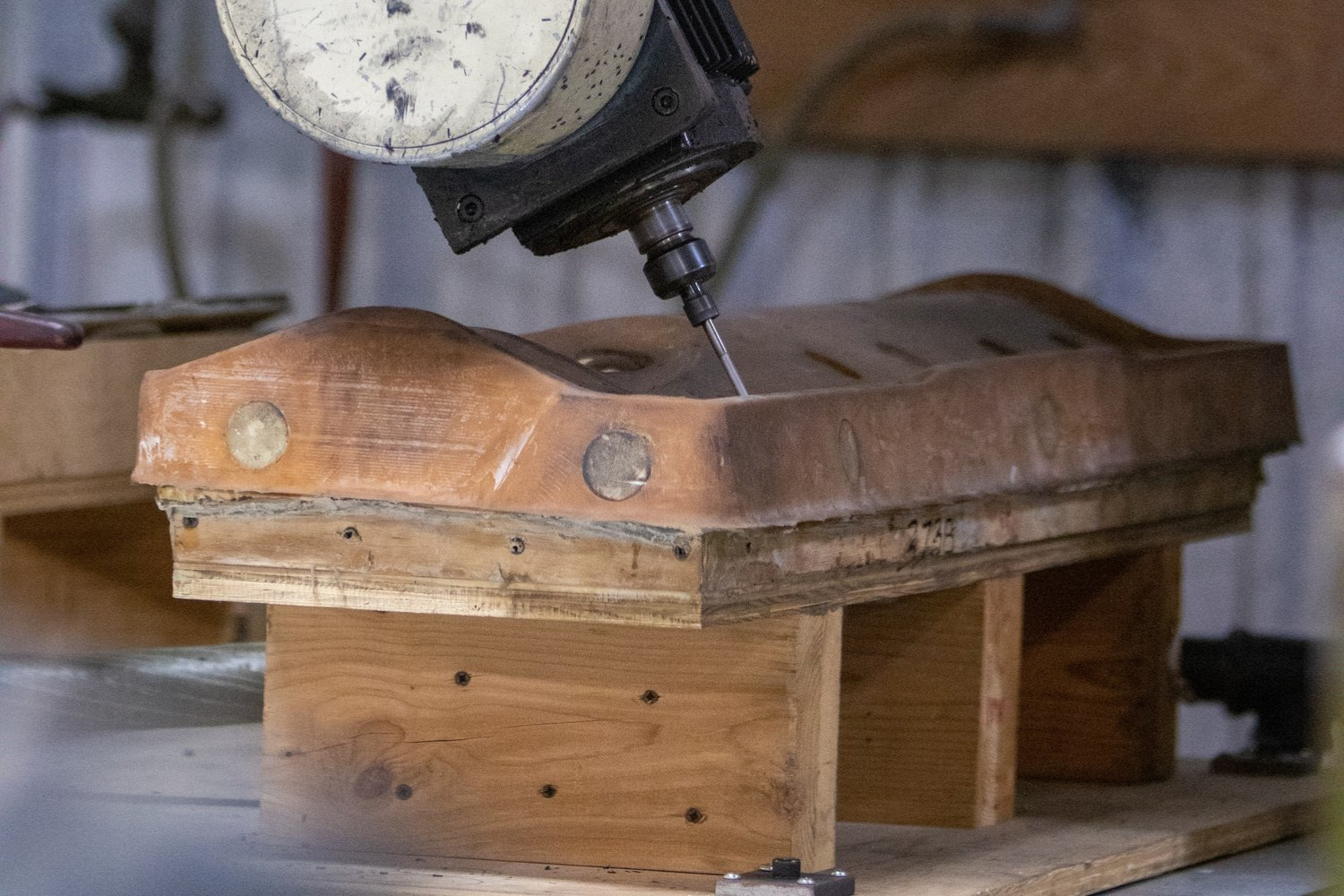Thermoforming Materials Overview—Part 1
The palette of thermoplastic materials available for an ever-expanding range of applications has never been as deep and diverse as it is currently. From the old workhorses such as ABS and acrylic to polycarbonate films and thermoplastic elastomers, this scope of materials encompasses broad brushstrokes of material properties.
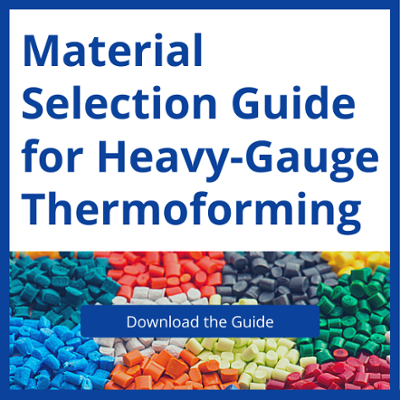 Designers, contract manufacturers, and end-users are the ultimate beneficiaries as this array of thermoplastics facilitates enhanced levels of product customization and allows the incorporation of unique attributes and features which work to add value across the entire supply chain. This blog post is intended as a basic primer of thermoplastic materials used in thermoforming, their material properties, and potential applications.
Designers, contract manufacturers, and end-users are the ultimate beneficiaries as this array of thermoplastics facilitates enhanced levels of product customization and allows the incorporation of unique attributes and features which work to add value across the entire supply chain. This blog post is intended as a basic primer of thermoplastic materials used in thermoforming, their material properties, and potential applications.
ABS
A cost-effective material with excellent impact resistance and machinability. ABS is available in general purpose and fire-rated grades, as well as in a variety of shapes, including sheets and rods in a range of thicknesses and diameters. ABS is used widely for machine housings, guards, covers, retail store fixtures, point-of-purchase displays, models and prototypes, storage cases, and many additional applications.
Acrylic
Widely known as Plexiglass®, acrylic is a clear, stiff, glass-like plastic with good clarity and transparency, at half the weight and substantially greater impact resistance of glass. Acrylic sheet is manufactured in two varieties, extruded and cast sheet.
Extruded acrylic sheets can be manufactured in custom sheet lengths, widths, and thicknesses, which is a cost-effective way to minimize waste and yield loss as a result of cutting and trimming. It is easily formable and the best grade to bond to using solvent-based adhesives.
Cast acrylic sheet is made via a continuous cast process which provides a more uniform thickness than extrusion and allows for larger sheet sizes. Cast sheet has better chemical resistance and machinability than extruded sheet.
--much less formable
The world became intimately familiar with acrylic during the pandemic as it was employed to make millions of safety shields and barriers in stores and restaurants. Acrylic is also widely used in signage, architectural glazing, and LED lighting panels.
Cellulose acetate butyrate (CAB)
CAB sheet is a clear, easy-to-thermoform polymer with excellent drape and blister forming characteristics. CAB sheet provides excellent UV resistance making it a good choice for outdoor applications. Typical sheet dimensions are 50 in. x 76 in. with a thickness of 0.030 in – 0.250 in. This material is commonly used in thin gauge thermoforming applications like packaging.
Flexible ethylene vinyl acetate (EVA)
A soft, flexible copolymer plastic, this polymer is sold under a variety of trademarked product names such as OP-TEK®, Duraflex®, and others. As a highly elastic material, it features low-temperature toughness as well as excellent stress-crack and UV resistance. Often targeted for the orthotic and prosthetic markets, it can be purchased in white, black, and natural shades, and with or without additives to reduce friction.
Expanded PVC
A lightweight, easily formable, and fabricated material, expanded foam PVC is tough, versatile and widely used for merchandising and signage applications such as POP displays, display boards, exhibits, and kiosks. It provides an excellent substrate for digital and screen printing, painting, laminating, vinyl lettering, and forming projects. Increasingly it is used as a wood replacement and can be ordered in a broad variety of colors and textures. Commercial trademarked lines include Vycom Plastics’ Celtic® and 3a Composites’ Sintra® expanded PVC foam board and sheet.
High Impact Polystyrene (HIS)
A low-cost, tough polymer that is easy to thermoform, shape, and fabricate, HIS is commonly used for countertop point-of-purchase displays, thermoformed machine housings and parts, shelves, fixtures, and additional applications. The material can be ordered in a variety of sheet dimensions and thicknesses. Standard sheet dimensions range from 40 in. x 72 in. to 48 in. x 96 in., in thicknesses from 0.020 into 0.250 in. HIS components can be assembled via mechanical fasteners or adhesives. HIS also affords a printable substrate that can be decorated by a variety of printing methods.
KYDEX® Thermoplastic Sheet
This is a line of thermoplastic acrylic-polyvinyl chloride materials manufactured by Sekisui SPI and sold in the U.S. by distributors and suppliers. KYDEX sheet is a high-impact, durable material that is easily thermoformed and can be ordered in custom-cut sizes. The material, sold in several sheet grades listed below, is frequently used in the manufacture of thermoformed equipment housings, as well as airplane, bus, and train interior parts.
KYDEX® 100: A rigid, durable plastic alloy sheet, this material meets the UL Standard 94 V-0, 5V and has a 961 J/m (18 ft-lbs/in) notched Izod impact resistance.
KYDEX® T: A fire-rated material that provides highly uniform forming (less wall thinning) and is resistant to a broad range of corrosive chemicals.
KYDEX® V: An economical, recycled grade sheet well suited for parts without finishing requirements.
